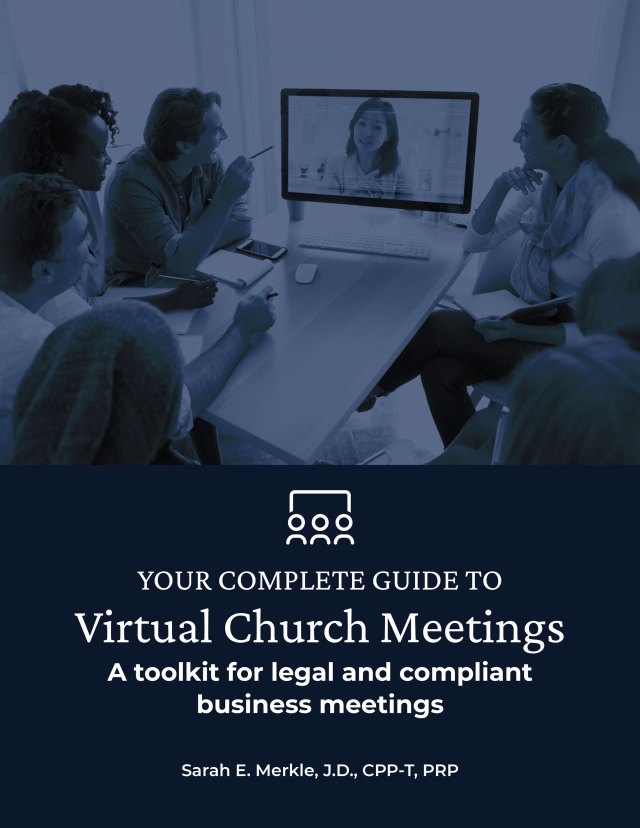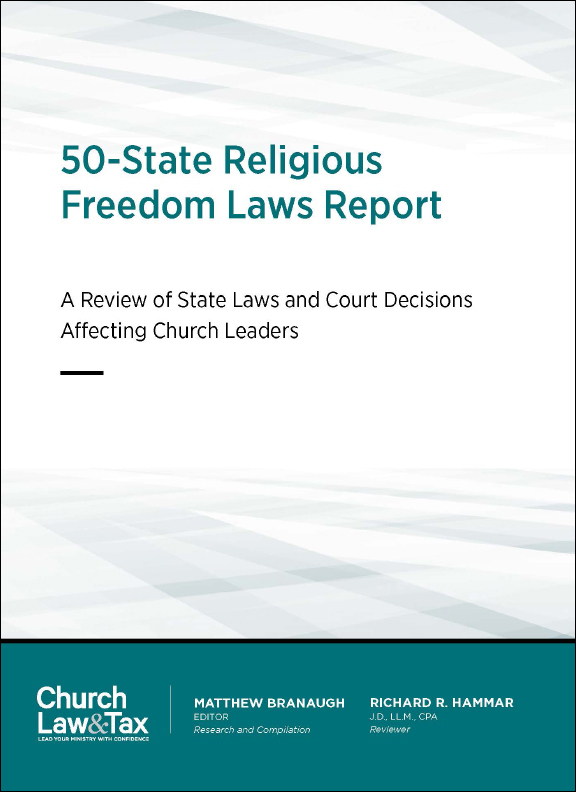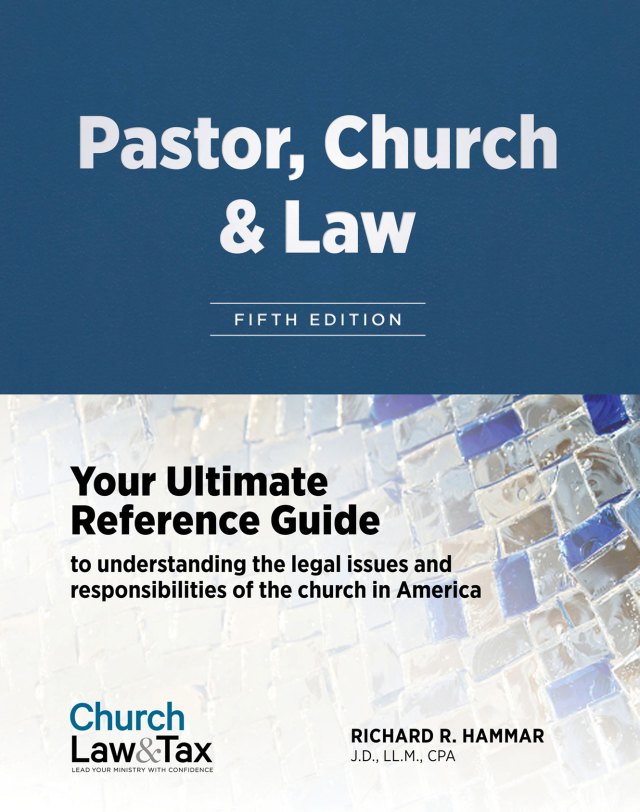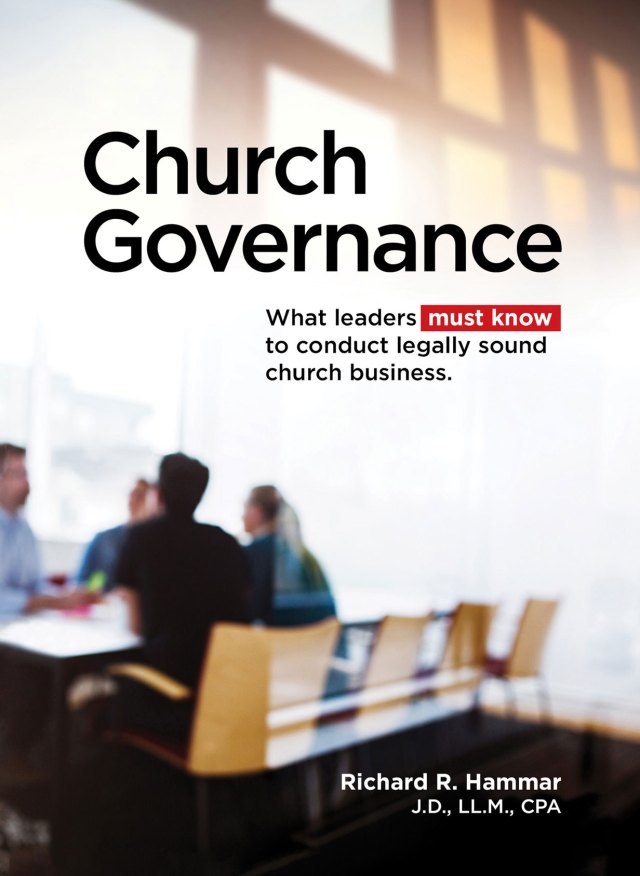Does Your Church Use Robert’s Rules?
If your church references Robert’s Rules of Order Newly Revised in its bylaws—or uses it by tradition—it’s important to know that the 12th edition, released in late 2020, is now the current authority. This edition contains more than 89 substantive changes, and if your bylaws don’t specify an edition, the 12th edition now applies automatically.
Why This Matters
Most church bylaws that name Robert’s Rules automatically default to the latest edition. If your bylaws specify an older edition, such as the 7th (1970), you must use that version unless you amend your bylaws to state “the current edition.”
Key Point: If your church uses Robert’s Rules but hasn’t reviewed the updates in the 12th edition, now is the time.
Other Parliamentary Authorities
While Robert’s Rules is the most common, other options exist. See Common Sources of Parliamentary Procedure for alternatives.
What’s New in the 12th Edition?
Below are 17 significant changes church leaders should understand.
1. Motion to Lay on the Table
- Cannot be used to kill debate.
- Should only be used to set aside discussion temporarily for urgent matters.
- Use “Postpone Indefinitely” to permanently end debate.
2. Vice President’s Role Clarified
- Vice presidents act only when the president is absent.
- Cannot appoint committees if the bylaws assign that to the president.
- In succession cases, the VP becomes president unless bylaws state otherwise.
3. Executive Sessions
- Discussions in executive session are secret.
- Actions taken can be disclosed only as needed to implement them.
- Assemblies may vote to release more info by amending previously adopted actions.
4. Electronic Voting
- Secret ballots can be conducted using electronic keypads.
- Write-in options and independent tallies are required for elections.
5. Board Minutes Access
- Normally, only board members may view minutes.
- Assemblies can vote to release minutes with a two-thirds vote or majority vote with notice.
6. Terms of Office
- Actual terms may vary depending on meeting dates.
- Bylaws should specify start and end points clearly.
7. Bylaw Revisions Must Be Authorized
- Only a properly authorized committee can draft a full bylaw revision.
Critical Distinctions: Bylaws vs. Robert’s Rules
Robert’s Rules has increasingly addressed church governance areas better left to:
- Church charters
- Bylaws
- Denominational documents
- Nonprofit corporation laws
Rule 1: Church bylaws always override Robert’s Rules.
Rule 2: If Robert’s Rules covers non-parliamentary topics, those provisions are secondary to governing documents.
Examples:
- If bylaws state a 20% quorum, and state law says 10%, use the bylaws.
- The sequence of articles in your bylaws does not need to match Robert’s Rules.
Additional Key Updates from the 12th Edition
8. Sample Rules for Electronic Meetings
- Includes templates for various formats: internet, phone, hybrid.
- Legal review is advised before adoption.
9. Excluding Nonmembers from Meetings
- Assemblies can exclude nonmembers by a majority vote without entering executive session.
10. Ratifying Invalid Meetings
- Actions taken at unauthorized meetings can be ratified.
- Example: Online meeting held without bylaw approval can be validated post hoc.
11. Changing Ballots
- Votes taken by secret ballot cannot be changed after submission.
12. Secrecy of Ballots
- Ballot voting requirements cannot be suspended, even by unanimous vote.
13. Secret Ballots = Ballots
- Clarifies that all ballots are considered secret by definition.
14. Ballot Voting by Mail
- Bylaws should address tie-breaking procedures.
15. Ex Officio Officers
- If not under the organization’s authority, they can vote but aren’t counted in quorum.
- If they are officers, they must participate and count toward quorum.
16. Receiving Reports
- No motion needed to “receive” a report.
- Reports without recommendations can be filed.
- Accepting a report = endorsing it fully.
17. Notice of Bylaw Amendments
- Bylaws should specify deadlines for notice and delivery of amendment text.
Navigating Conflicts Between Authorities
Use this general order of precedence:
- Church charter or articles of incorporation
- Constitution (if any)
- Bylaws
- Denominational rules (if applicable)
- State nonprofit law
- Robert’s Rules of Order
If a conflict arises (e.g., quorum size or officer removal), always defer to the highest-ranked authority relevant to the issue.
Caution: If your bylaws or state law already cover an issue (like discipline or quorum), Robert’s Rules is not controlling.
Bottom Line for Church Leaders
Before adopting the 12th edition of Robert’s Rules—or assuming it applies—review your bylaws and understand what governs your church. If needed, seek legal counsel.





